Several views on LR41 battery balancing
1. Battery capacity error is absolute, and this error is expanding with the use of the battery. Factory matching can only delay the time when the battery has obvious error, and serious capacity error will eventually occur.
Therefore, the error is absolute, and the purpose of battery protection system and balancing system is only to alleviate this error and prevent the danger caused by the error. Capacity balancing is impossible and should not be pursued as a balancing goal.
2. At present, there is a method of capacity compensation, which is to take out some power from the high-capacity battery to compensate for the consumption of the low-capacity battery. This method has no problem in theory, but it is very troublesome to do in practice, especially the efficiency is difficult to increase.
3. Charging voltage balancing is necessary, otherwise some batteries will be undercharged in the later stage of charging. Some batteries are overcharged, undercharging affects the life of the battery, and overcharging can cause danger.
4. It is better to do undervoltage protection than discharge balancing, so that any single cell will be powered off when undervoltage occurs to prevent the danger caused by overdischarge.
The capacity loss of lithium-ion batteries is an extremely complex process involving many factors. There is no space here to explain the specific mechanism by which each factor has an impact, but these factors are briefly listed.
The capacity loss of lithium-ion batteries can be divided into two parts: capacity loss over time (calendaraging) (if lithium-ion batteries are left unused, the capacity will also decrease over time) and capacity loss caused by use (cycling).
Regarding the former, the main factors involved are:
State of Charge. This refers to the total capacity of the battery. For example, it is 40% or 60%;
Temperature;
Storage time.
Depth of discharge each time. For example, you charge from 0% to 100% each time, then discharge to 0% and then charge again, or you start charging when the battery reaches 20% and unplug it when it reaches 80%. This is different;
State of Charge, which is usually referred to as the power. For the same DoD, the average SoC can be different. For example, when the battery is kept between 40% and 100% and kept between 20% and 80%, although the depth of charge and discharge is the same, the impact on the battery is different due to the different charging states;
Charging rate (rate of Charge). If the charging current can fully charge the battery within 1 hour, we say that the average charging rate is 1C; if the charging current can fully charge the battery within 2 hours, we say that the average charging rate is 0.5C; and so on;
Temperature (Temperature);
Number of cycles (Number of cycles). Obviously, the loss of two hundred cycles is greater than that of one hundred cycles...
In addition, there are some factors that we can hardly control. For example, lithium-ion batteries in the initial stage of use will undergo a solid electrolyte interface film (SEI film) formation process. This process consumes a certain amount of lithium ions. As long as the battery is used, this process cannot be avoided, so we don’t have to think too much about it.
Calendaring and cycling are basically independent. Therefore, if the device can be directly powered by an external power source without involving the lithium-ion battery in charging and discharging, cycling can be avoided, which is beneficial to the life of the lithium-ion battery. However, what specific SoC should be stopped at? This is what we will discuss below: the qualitative laws of the influence of various factors on the life loss of lithium-ion batteries.
(1) State of Charge
Research shows that when the SoC is lower, both calendaring and cycling will be delayed. Therefore, if we want to minimize the life loss of lithium-ion batteries, we should keep its power level low. For example, if we want the device to directly use an external power source without involving the lithium-ion battery in charging and discharging, it is better to keep the power level at 40% rather than 60%.
So, as long as it is allowed to be used, is the lower the power level, the better? This depends on whether you want to prevent the lithium-ion battery from being charged and discharged, such as putting it aside for storage or using only an external power source (only calendaring in this case), or whether you want to allow it to be charged and discharged (at this time cycling is dominant).
In the former case, the lower the power level, the better. However, if the battery is too low, the risk of starving the battery due to forgetting to recharge is greater. Under the condition that the battery will not starve, it is better to discharge the battery to 5% or even close to 0% before storing it.
In the latter case, the situation is slightly more complicated. When the battery is too low, the internal resistance of the battery will increase. Let's make an extreme assumption to illustrate this hidden problem. The capacity of a certain battery is 10Wh. When its power is 0-10%, its internal resistance is very high, so that if you deposit 1Wh of electricity to charge the power from 0% to 10%, you can only use 0.1Wh when you take it out, and the other 0.9Wh is converted into heat on the battery when the device is working. At this time, we only get 0.1Wh of effective use, but cause 1Wh of cycling to the battery. When its power is between 98% and 100%, the internal resistance is lower. Although charging the power from 98% to 100% causes only 0.2Wh of cycling to the battery, it generates less heat when used, and can also get 0.1Wh of effective use. Although the aging of the same 0.2Wh battery at high power will be greater than the aging of the same 0.2Wh at low power, it is also likely to be less than the aging caused by the actual 1Wh at low power.
From the limited data I can find, it is not clear whether the harm caused by high internal resistance is greater when the power level is <20%, or the benefit of light charging wear at low power is greater, so it is not possible to answer whether the power should be kept so low. However, it is certain that at least at a power level of more than 40%, the change in the internal resistance of the battery can be ignored, so for example, keeping the power level between 40% and 20% is more beneficial than keeping it at 60% and 20%.
Read recommendations:
Rack-mounted energy storage battery GN-5120
Lithium battery thermal stability.3.7V lipo battery
603450 polymer battery.What are the advantages and disadvantages of ternary lithium batteries?
battery for solar energy storage manufacture
AG4 battery
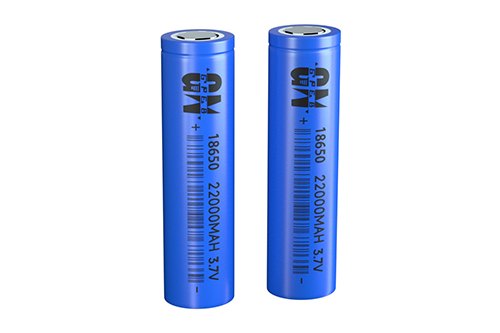
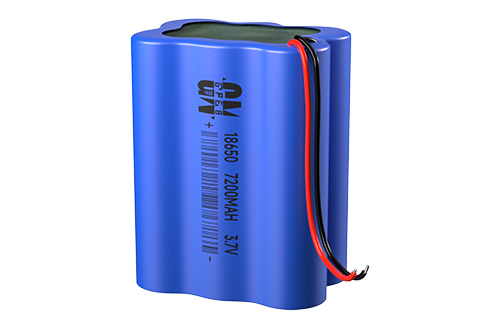

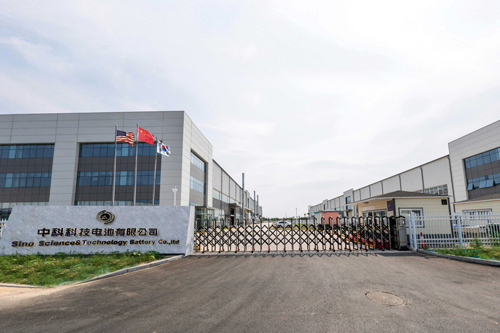

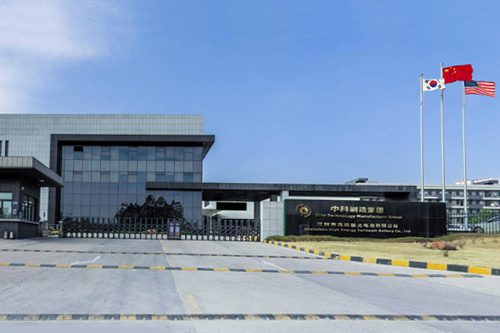

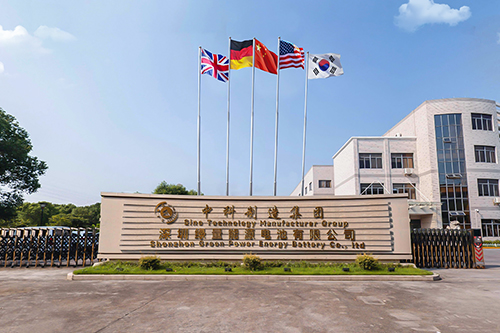

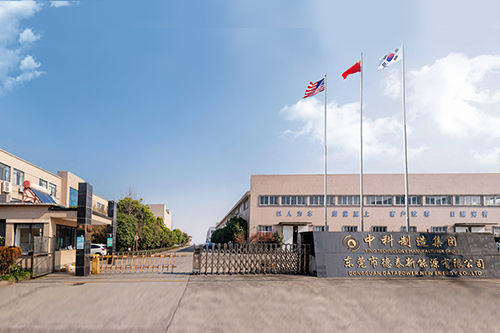

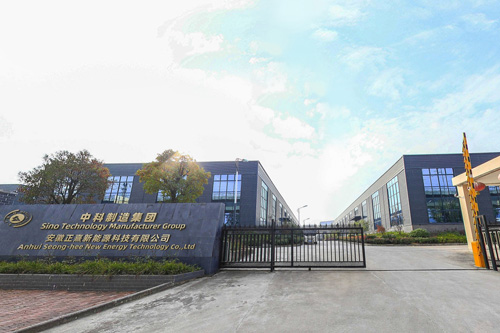

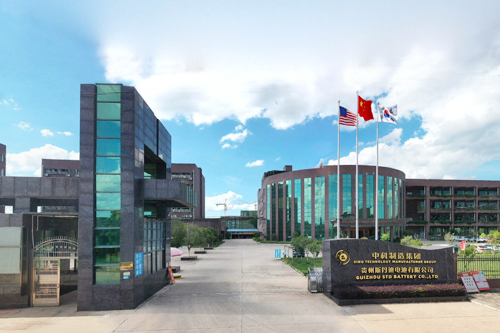

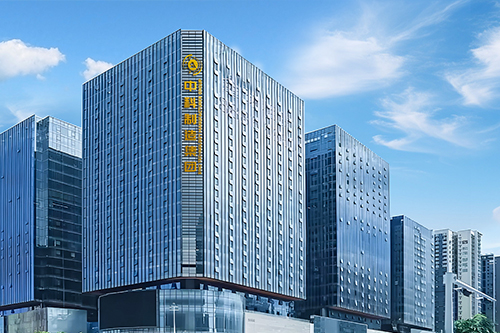




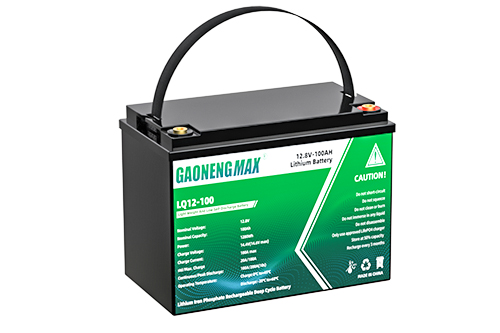
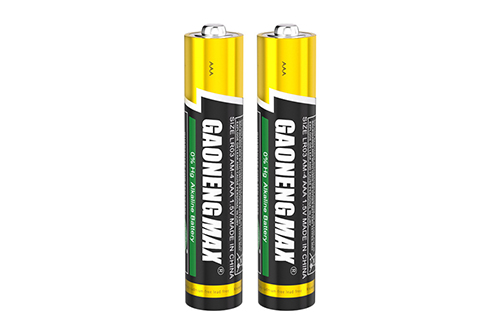

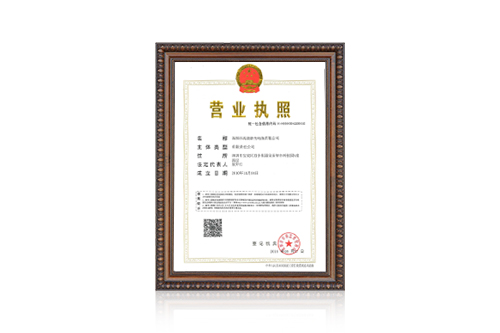
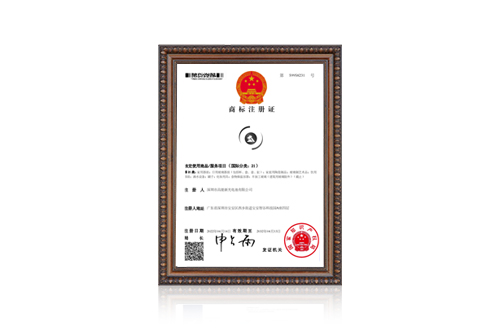
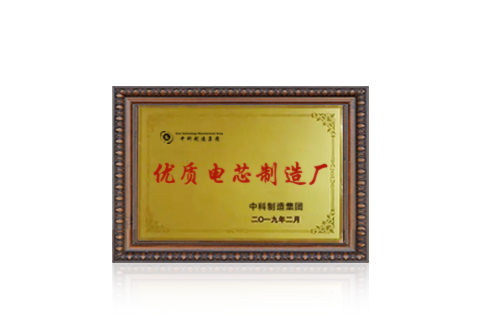
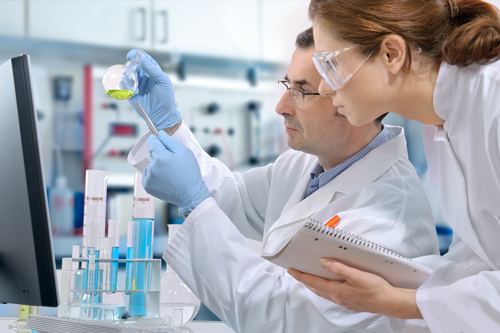
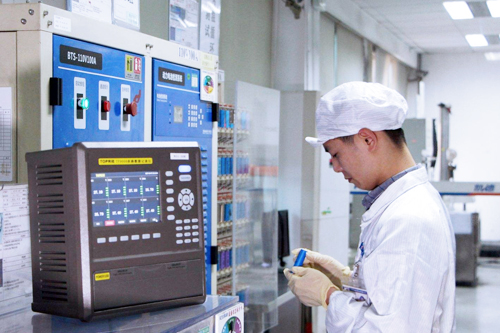
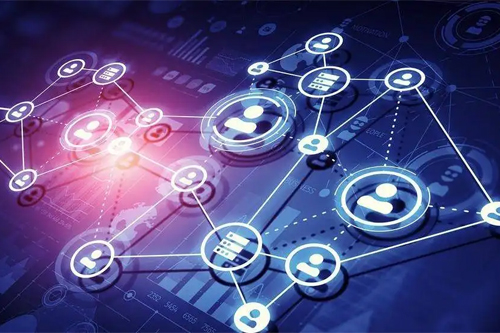














 360° FACTORY VR TOUR
360° FACTORY VR TOUR
 Whatsapp
Whatsapp
 Tel
Tel Email
Email TOP
TOP